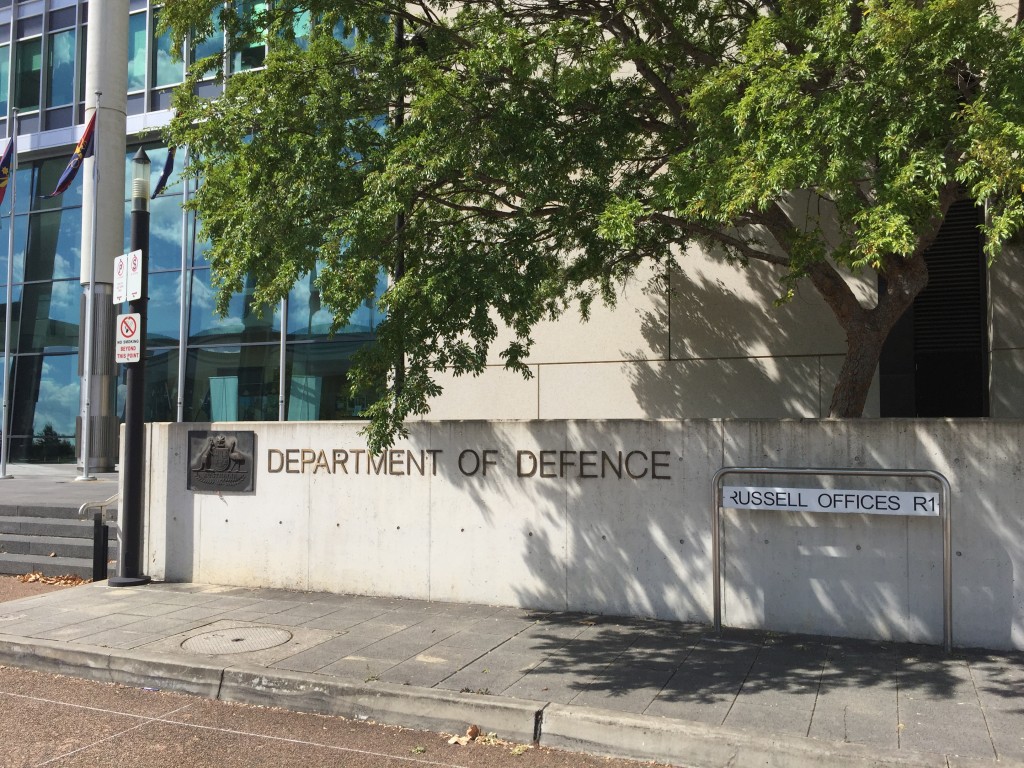Dear Members and Friends,
Down under in the Southern Hemisphere is a continent and country the size of America that is strategically placed between the Pacific Ocean, the Indian Ocean, the Straits of Malayka and the Tasman Sea. It has a population of over 23 million, one-fourteenth the population of America, but with a geographic territory similar in size to the United States. Australia is a democracy that has fought for freedoms beyond themselves and sacrificed alongside the United States of America in every major conflict of the past century. Australians continue to display this staunch national characteristic today with the United States in Afghanistan against the Taliban and in Syria and Iraq against ISIS. They are a vast rugged country with abundant natural resources and a diverse population that is a significant player and power in the southern hemisphere.
Australian national interests in the region involve humanitarian aid and defense security to stabilize and prevent conflict in a world around them that has become increasingly complex. Australia’s commitment around the world in allied missions and in their national security interests remains intertwined and solidly aligned with the United States. China is both the regional hegemonic military power and the dominate consumer for Australian resource commodities that requires a sensitivity, friendly trade policies and overt statements by Prime Ministers and Parliaments. With this challenging balance, Australia and its new government led by Prime Minster Turnbull stands strongly behind the strategic underpinning of established global rules. It is of note that Australia has been the loudest international criticother than the United States with statements condemning China’s recent aggressive actions in the South China Sea and Spratly Islands.
Each year Australia’s government in power and their department of defense releases a annual White Paper on their national security, budget, status and vision. The recently released 2016 Australian white paper last month called for an increase to the defense budget, swelling defense spending to 2% of GDP by 2020-21, which equates to a $195 Billion over ten years. Most importantly this White Paper is the first time that Australia has addressed its needs and reasons for Missile Defense.
Excerpt from Australia’s 2016 White Paper:
Missile Defence
4.47 The Government is concerned by the growing threat posed by ballistic and cruise missile capability and their proliferation in the Indo-Pacific and Middle East regions. While the threat of an intercontinental ballistic missile attack on Australia is low, longer-range and submarine-launched ballistic and cruise missiles could threaten Australian territory, and shorter-range ballistic and cruise missiles pose a threat to our deployed forces.
4.48 Australia is committed to working with the United States to counter the ballistic missile threat. Australia and the United States have established a bilateral working group to examine options for potential Australian contributions to integrated air and missile defence in the region. Australia’s priorities for the working group are to develop a more detailed understanding of options to protect our forces which are deployed in the region from ballistic missile attack.
4.49 The Government will upgrade the ADF’s existing air defence surveillance system, including command, control and communications systems, sensors and targeting systems, which could be used as a foundation for development of deployed, in-theatre missile defence capabilities, should future strategic circumstances require it. The Government will also acquire new ground-based radars from around 2020 and will expand Australia’s access to situational awareness information, including space-based systems.
Amongst the many options the Australians are considering to increase integrated air and missile defense with the United States are with their three new Hobart Class Destroyers and 9 Frigates. This would encompass both baseline 9 and future baseline 10 systems that would enable linkage and intercept capabilities such as SM6s and SM3s similar to U.S. Ships that would exponentially increase expansion of defended areas with launch and or engage on remote from these ships from both nations.
In alignment with sharing the burden and responsibility of strengthening the underpinning of strategic deterrence in the Pacific, Australia would join the United States, Japan and the Republic of Korea on integrated air and missile defense leveraging sea based ship platforms and common interoperable capabilities they provide. It is the best practice solution with the most efficiency to produce and deploy joint capability requirements to defend against rouge nations like North Korea that disrupt the region and help underpin strategic deterrence in the Pacific.
MDAA was honored to visit with the Australian Government in Canberra, Australia on Missile Defense this week.

Australian Department of Defense, Canberra
